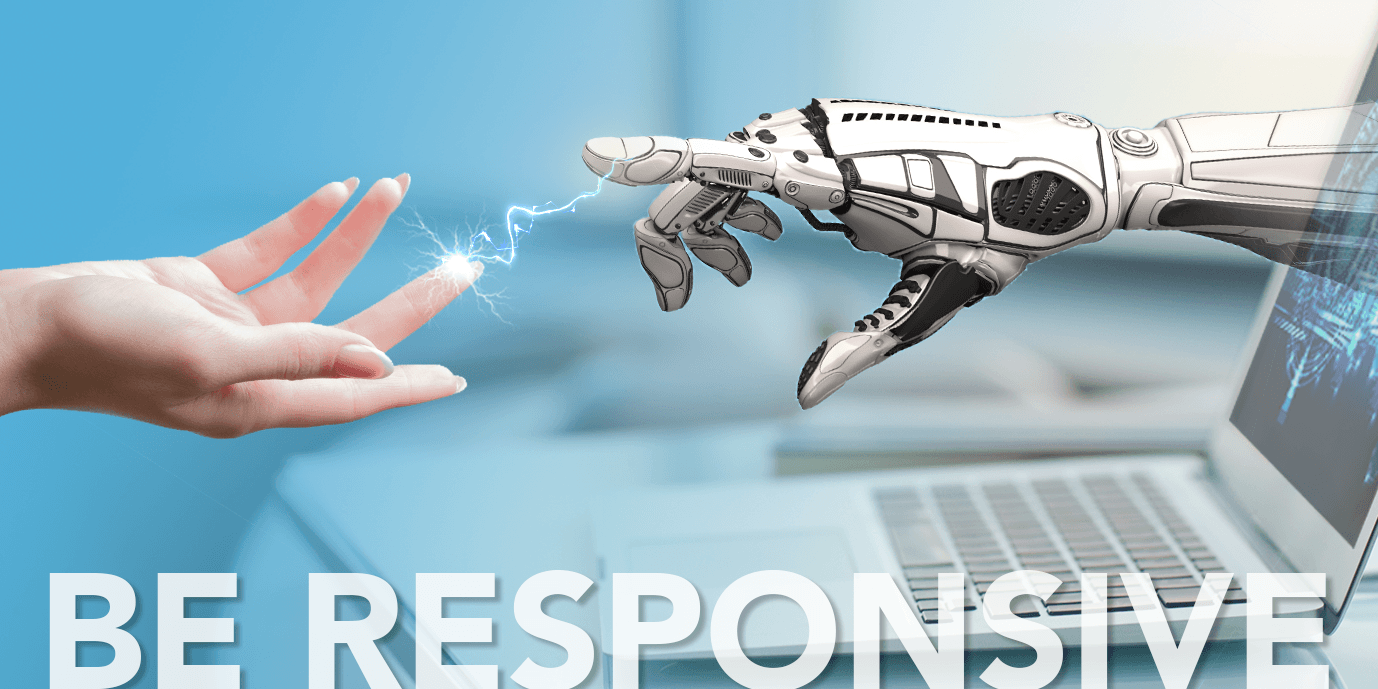Search
Contact Us
It’s Not an Option – It’s Expected (Blog Series)
Register for our upcoming webinar “When, How and Why Customers Self-Help” with Steve Morrell, Managing Director and Principal Analyst of Contact Babel and John Cray, Vice President – Product Management, Enghouse Interactive.
In our first blog, we explored how customer expectations are rapidly changing and what organizations should consider as part of their Self-Service strategy. This blog will continue that exploration with some insight into some of the benefits we’ve seen in organizations that have implemented Self-Service.
Blog #2 of 3: Self-Service puts the Customer Experience in their Hands
Digital literacy is the new normal.
With the ongoing global pandemic, end-user expectations are constantly being ratcheted upwards at an accelerating rate. Powerful apps that provide instantaneous access to whatever users need and want – sent directly to their smartwatches, mobile phones, tablets and laptops – are now all-pervasive.
These ever-changing external forces are now influencing customer expectations across all businesses, in every industry and at every level. Even service evolution plans are being driven by these realities, and as everyone knows, not providing the best possible experience, exactly how and when the customer wants it, ensures that they will go elsewhere.
Self-Service is now at the forefront of all customer engagements. It’s imperative to provide your customers with high-performance tools, capabilities and innovative approaches that ensure they get the answers or support they seek, as intuitively and quickly as possible.
Addressing Customer Needs
Automated tools such as Virtual Assistants (i.e. chatbots) are becoming more widely accepted by customers because simple, recurring requests that deal with very limited options can be best handled by automated tools, and customers actually prefer their use as their basic issues are very quickly resolved with minimal errors.
This is where Virtual Assistants/ChatBots using robotic process automation (RPA) or machine learning (ML) are most beneficial as they help reduce queues, wait times and costs while also increasing overall customer satisfaction ratings. In addition, the benefit of these tools is that there is a built-in ‘learning’ capability that enables these tools to evolve into handling more complex and detailed requests. We’ll explore this more in our upcoming blog series on AI-Enhanced Customer Experience.
Solidify the Base – Product, Service and Process Knowledge
In addition to supporting your online web-tools and FAQ, there is also the opportunity to look at establishing a centralized repository of more detailed, specific or even highly technical information that is accessible by customers, contact center agents and technical personnel. This is generically referred to as a “Knowledge Base” a.k.a. your FAQ on steroids. Over time, it will evolve to become the cornerstone for offering more advanced ‘blended’ support, where customers and contact center agents work together to resolve customer issues.
When using a Knowledge Base, common issues are typically resolved by providing customers or agents with access to the documentation required to resolve their issue – in their preferred format. For all exceptional issues or requirements – these are then captured and sent to a documentation optimization team for the development of new support documentation. The new documentation then helps ensure that the next time the same issue arises, it will be easily resolved at the first point of contact, eliminating the need for agent escalation. Proper categorization, indexation and cross-referencing of all documentation can help deflect over 60% of customer support inquiries.
Simultaneously, the use of an interconnected CRM system ensures that all transactional data is captured and available for subsequent detailed analysis, which can identify where problem issues originate, what steps are usually needed to resolve them, and what additional operational or business risks may be associated with these newly identified issues. The reality is, the integration of a Knowledge Base is one of the most beneficial aspects of delivering exemplary Self-Service capabilities, and it has the most impact on improving the overall customer experience. However, it requires an ongoing commitment to investing the resources required to keep it up to date informationally, and operationally optimized to maintain the highest possible service levels.
From an operational perspective, we’ve summarized the insights we’ve seen from our own experiences when deploying Self-Service tools. As we have seen across our customers, these wide-ranging benefits are significant and typically continue to increase over time. This results in other positive impacts on down-stream service processes, helping organizations more easily meet ever-changing customer expectations:
Agent Availability increased to 100% as there is always a way to provide services to the customer via automated capabilities
Accessibility 24/7/365 means no more after-hours coverage issues, and no overtime required.
Chatbots improve overall operational capabilities with productivity increased by as much as 50%. Overall costs are typically reduced by at least 30%.
Increase deflection rates by at least 60% is realized by implementing a Knowledge Base, and routing routine requests to automated information services versus exceptional cases sent to skilled and empowered agents.
First Call Resolution for customer inquiries pretreated by automated processes increased resolution by 75% due to improved access to information via supporting tools, with only the exceptional issues routing to live agents.
Help make sure your organization delivers the service experience that exceeds customer expectations. Doing so, will transform your contact center from a cost-center into a powerful revenue generator.

Watch for our final blog in this series,
coming September 10th:
Key Findings from the September 9th
Self-Service Webinar with ContactBabel
Throughout this blog series, we’ve explored how leveraging the most important Self-Service applications when integrated with their Contact Centers, organizations can successfully meet the ever-changing needs of customers, whether driven by unforeseen dramatic circumstances, or as a requirement to evolve for the future….while also improving the overall experience with industry-leading efficiency.
See how your organization can benefit from Self-Service:
Register for our upcoming webinar “When, How and Why Customers Self-Help” with Steve Morrell, Managing Director and Principal Analyst of ContactBabel and John Cray, Vice President – Product Management, Enghouse Interactive.
Published In
AI Enghouse Interactive Educates digital transformation Webinar Contact Center Enterprise Contact Center Service Provider Outbound Dialer Communications Center customer support social media webchat CCaaS multi-tenant Unified Communications call handling quality management CTI Software compliance Partners Service Provider Cloud-Based Contact Center Contact Center Solutions MediaVoice Microsoft Enghouse Interactive IVR/Self-Service News workforce management zz-General events workforce optimization voice of the customer customer service speech analytics contact center optimization quality monitoring Contact Center Customer Experience Omni-Channel VideoThank you!
You have successfully subscribed to our newsletter.
Sign up here to watch your selected video as well as gain access to the other videos listed here
Sign up here to watch your selected video
Sign up here to watch the videos as well access to more Tips 'N' Tricks videos
Get your free download


